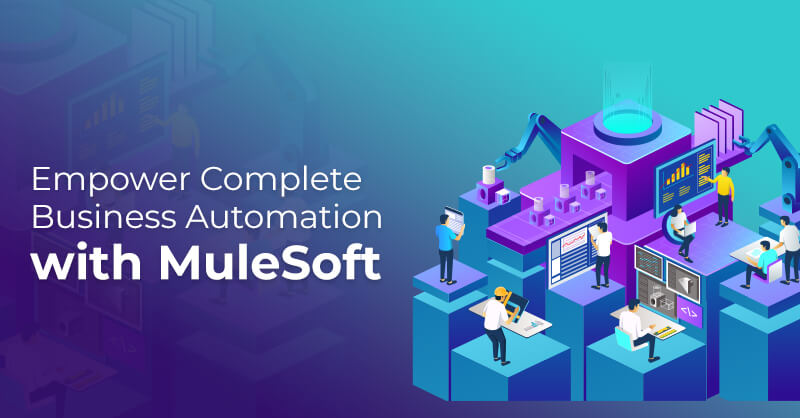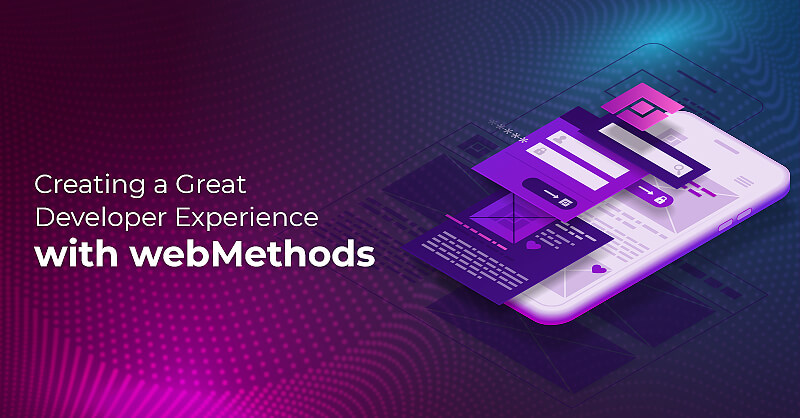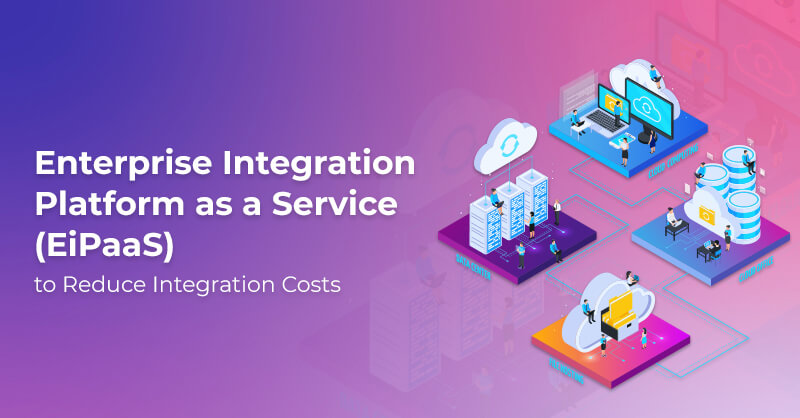Rapid Adoption of Enterprise Integration Strategy
Written by Harini Krish
Lead Technical Content WriterCorporate integration uses different integration methodologies to use enterprise services and assets, such as API management, application integration and messaging, to expose them as APIs or link them as services. This allows businesses to connect, consolidate, and standardize fundamental business functions across various IT environments.
One of the most critical strategic business decisions a firm can make is choosing the right enterprise integration platform. Regardless of size, age, or sector, every business is becoming a technology business. Companies must embrace technology to compete and succeed due to digital transformation. It's in every company's best interest to consider how to connect systems, apps, and data; the risks of not doing so are considerable, and the benefits of digital transformation are plenty.
However, to make technological innovation work, businesses must use an enterprise integration platform to tie everything together, allowing them to take advantage of current data assets while ensuring seamless performance, quick delivery, and business value.
Importance of an Enterprise Integration Strategy
Overall, enterprise integration is crucial for improving internal processes and corporate operations and conceptualizing, implementing, and distributing critical applications. In addition, companies can enhance their operational scalability and income by sharing vital information, streamlining procedures, and leveraging possibilities.
Some of the advantages of using Enterprise Integration strategies are:
- Information sharing is essential - By providing a middleware layer that acts as a familiar interface between each unique application, system, and service, enterprise integration facilitates data flow throughout complex information and operating systems. It streamlines data transmission across many programs and among multiple users who rely on that data, allowing an application developer to share data or expose interfaces without having to understand or forecast the behavior of other apps and systems.
- IT process simplification - Enterprise integration offers smooth cooperation across many systems by integrating functionality and information sharing. Their interconnectedness aids in the simplification of IT procedures, making life easier for individuals and enterprises. It allows consumers to access data more quickly, and it aids IT businesses in streamlining data integration and services. By enabling them to be constructed, deployed, managed, and maintained through agile and automated procedures, this simplification modernizes the design and implementation of system integration patterns such as gateway applications, message queues, file transfers, and enterprise service buses (ESB).
- Taking use of possibilities - Enterprise integration also enables teams to work more proactively in order to capitalize on new or changing business requirements and possibilities. Without updating the apps, teams may immediately recognize and adapt to time-sensitive events such as unanticipated policy revisions or new application administration processes by acquiring control of all data access points. Finally, teams can create, execute, and simplify different integration solutions using a common approach to cooperation and data sharing by addressing their integration demands.
Challenges of using an Enterprise System Integration
Despite its benefits for many businesses, achieving efficient organizational integration of a collection of services developed in various languages or technologies by the IT service may be challenging. Acquiring scalable, flexible, and strong internal networks and assuring data accessibility and availability, cybersecurity, cost reduction, and obtaining scalable, flexible, and strong internal networks are all difficulties.
The following are some of the most common challenges when it comes to system integration:
- A different viewpoint of every business - Each team has its own set of tasks that they may carry out using various apps or systems. To meet all demands, a systems integration model must aim to provide a management model and data access that is helpful to all. The team in charge of system integration must respond to the demands of the business and develop an integration that provides a uniform view of the data inside the firm.
- Monolithic systems consist of only one component - Many businesses have monolithic architectural systems that rely on inherited and interlaced systems that are difficult to change.
- Choosing the best tool for the job - In terms of integration time, usefulness, and cost, getting this option right makes a tremendous impact. In addition, the selected technology should be able to integrate on-premise and cloud-based apps seamlessly.
- Maintenance and scalability - It is not enough to respond to current functional needs; system integration must also be prepared to answer future performance, maintenance, reuse, and scalability requirements.
How can you implement an Enterprise Integration Strategy?
Enterprise integration in your company needs a well-thought-out strategy. Enterprise Integration like MuleSoft, Apigee, IBM API, webMethods, IBM Cloud Pak, Red Hat focuses on streamlining corporate processes to help your team work more efficiently. Market globalization, B2B and B2G partnerships, critical business applications, and rising volumes and complexity of corporate data are all issues that may be handled with a well-planned Enterprise Integration.
Here are a few tips on how you can effectively implement an Enterprise Integration System:
Select the appropriate technology for your requirements
Many businesses make the mistake of integrating all of the latest technology, only to discover that it is ineffective for their operations. Hence, it is crucial to determine your business's needs and requirements before introducing a slew of new programs. Examine your current business procedures and look for any inconsistencies in your firm. Next, determine where your present systems are lacking in terms of technology. Then think about what skills technology could need to enhance the processes and procedures you identified as deficient.
Make an integration schedule
One of the most typical mistakes firms make when introducing new technology is attempting to integrate all of the systems and programs simultaneously. Digitally transforming your company needs time, money, and people resources. Incorporating modern technology should be done in phases to avoid overwhelming yourself or your firm. This will also guarantee that your integration plan is finished as efficiently as possible. Your integration plan should include a realistic timetable and timeframe for each project or new technology, and it should be based on what your organization considers to be a priority, such as which technology is most critical to incorporate to go forward effectively.
Make a strategy for your company's employees
Learning to use new technology may be challenging for many individuals, especially your staff, who already have a lot to finish. Not being able to solve a problem or complete a task because they don't know how to utilize a new tool can seriously disrupt their productivity, which can harm your entire company. Therefore a plan for educating your employees to utilize your new technology should be part of your integration strategy.
An efficient integration plan will help your organization avoid anything from hitches to catastrophic meltdowns during this critical corporate transformation. So don't be hesitant to accept new technology; once your integration plan is complete, your company will reap the rewards, from enhanced workflow to greater profitability.
Royal Cyber as your Integration Partner
Royal Cyber has deep integration expertise with several enterprise integrations delivered globally with proprietary frameworks, accelerators, and common data models to fast-track implementations. We have an extensive partner ecosystem with valuable expertise and deep partnerships with leading integration platform providers such as MuleSoft, Red Hat, IBM, Software AG, Apigee, Dell Boomi and many more. Our enterprise modernization leadership spans over 20 years of leadership in helping enterprises modernize and innovate faster to compete in an ever-changing landscape. For more information, you can email us at [email protected] or visit www.royalcyber.com.



